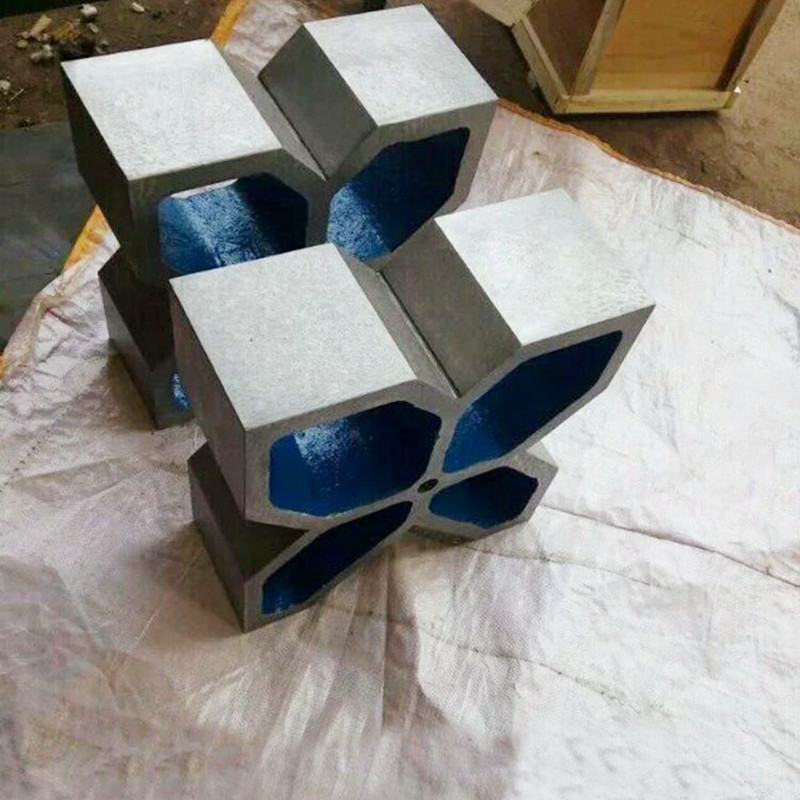অক্টো. . 12, 2024 09:46 Back to list
back check valve
Understanding Back Check Valves Function and Applications
Back check valves are vital components in various fluid systems, designed to prevent backflow and ensure the unidirectional flow of fluids. These valves are crucial in maintaining system integrity, protecting equipment, and ensuring safety in numerous applications across industries.
What is a Back Check Valve?
A back check valve, often referred to as a check valve, is a type of valve that allows fluid to flow in one direction while preventing reverse flow. The mechanism is primarily designed to close automatically when the flow direction reverses, thus preventing any potential damage to pumps, pipelines, and other downstream equipment. The construction of back check valves can vary, with designs including swing, lift, and diaphragm mechanisms. Each type has its own distinct operational advantages depending on the specific application and required flow characteristics.
Working Principle
The operating principle of a back check valve is straightforward. As fluid flows in the designated forward direction, the valve remains open, allowing for unobstructed flow. However, when the flow direction reverses—due to changes in pressure or system dynamics—the valve’s internal component (like a disc or ball) moves to seal off the valve seat, effectively blocking the backward flow. This automatic closure is critical in preventing backflow, which can lead to contamination, pressure surge, or system failure.
back check valve

Applications
Back check valves find applications in a variety of sectors. In water and wastewater management, they are used to prevent sewage backflow into treatment plants. In the oil and gas industry, they are vital for protecting pipelines from surges that can occur during sudden changes in flow. Additionally, in HVAC systems, back check valves help maintain proper air and fluid flow, contributing to system efficiency.
Furthermore, back check valves are commonly used in medical equipment, such as respiratory devices, where backflow can introduce contamination and pose significant health risks. Likewise, in firefighting systems, these valves ensure that water flows only towards the fire suppression systems without any backward flow that could compromise safety.
Conclusion
In summary, back check valves are integral components that enhance the safety and efficiency of fluid systems across various applications. Their ability to prevent backflow protects equipment, ensures reliable system operation, and safeguards against contamination. Whether in industrial, municipal, or residential settings, understanding the function and significance of back check valves is essential for engineers and operators looking to optimize system performance and reliability. Emphasizing the importance of proper installation and maintenance can further enhance their effectiveness, contributing to safer and more efficient fluid management solutions.
-
Types of Thread Gauge BSP Parallel DesignNewsAug.04,2025
-
Ring Gauge Cylindrical Check ApplicationNewsAug.04,2025
-
Machinist Gauge Pins GCr15 MaterialNewsAug.04,2025
-
Gate Valves for Sale Sewage System UseNewsAug.04,2025
-
Control Valve EPDM Seal MaterialNewsAug.04,2025
-
Cast Iron Y Type Strainer Flange Cover DesignNewsAug.04,2025
Related PRODUCTS









